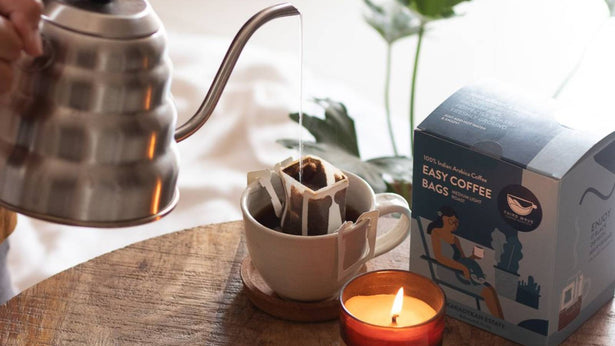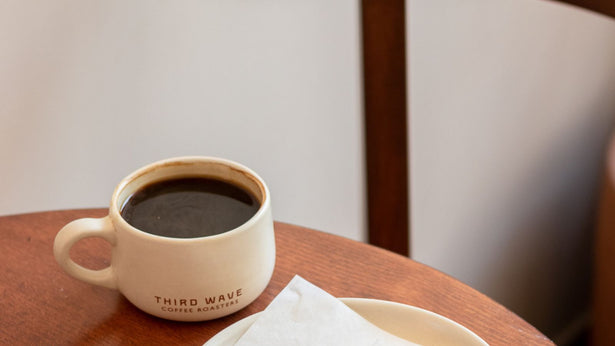If you have not tried a pour over coffee yet, you are missing out on a lot. In recent years, the specialty coffee industry has espoused pour over coffee, and there is significant debate regarding the best methods and equipment to employ. But the filtering technique isn't limited to competitions and specialized coffee shops. In essence, it's a simple method for preparing a terrific cup of coffee and drip coffee can work for you whether you're an experienced barista or a novice home brewer. However, a precise balance must be struck when brewing coffee. It can be difficult to identify which brew method is best for you because of the myriad of roasting methods, brewing methods, and sophisticated coffee equipment. It is therefore beneficial to just go back and comprehend how coffee brewing functions and how various brew methods differ. After which, you can decide which tools and techniques might be the most effective for the kind of coffee you prefer to drink. This piece intends to focus on the physical and chemical processes of pour over coffee for you to concoct the perfect cup of pour over coffee.
Read more about pour over coffee: Brewing guide for pour over coffee
Follow the Rules!
The rule that you must follow is simple: Study the technique. Keep practicing the technique. Brew better, tastier coffee. While we understand how many of you might be the rebellious, 'to hell with the rules' kind of people, to make a pour over coffee one must follow the technique as there is no “pour over coffee maker” you can buy from the local stores.
There are numerous techniques to brew coffee. For instance, when using a french press or immersion brewing, the coffee grinds and water are allowed to rest together for a few minutes, which makes the extraction process quite simple. However, pouring over coffee is distinctive since the water is always dripping. This perpetually draining design continuously replenishes the water that has been used to make the coffee. This expedites the process and ultimately results in coffee that tastes "cleaner," but it also causes an issue that will almost certainly occur. Without the right technique, the water will cut "channels" across the grounds. Water always seeks the route with the least amount of resistance while draining. In essence, because of our good friend Gravity, the water is more likely to simply follow a course that has been laid across the grounds.
While the grounds in the coffee bed's more arid regions won't receive adequate extraction, the grounds along these channels will. This results in an inconsistent concoction that is both sour and bitter. Because of this, a dripper cannot just be filled with water and left to drain on its own. It will inevitably create channels. The only solution is to pour so that all the grounds are saturated. How do you go about doing this? By circling the coffee bed with a slow, steady trickle of water
Also read: How to Make French Press Coffee
Mastering the Art of Pour Over Coffee
Tip 01: Pour twice as much water as there are grams of coffee. Pour gently and methodically in circular motions. Starting in the middle, hit all of the grounds equally as you work your way out to the edges. You now need to wait for 20 to 30 seconds.
Tip 02: Before you move on to the next phase, keep in mind that the heart of the coffee bed is the deepest. Because of the cone's form, there are more grounds in the center, so when you slowly make circles, you should note that you pour more there than on the edges.
Tip 03: Remember not to touch the sides. It is more probable that water that contacts the brewer's sides will go down the filter's wall rather than directly through the coffee. Avoid doing this since it is difficult to manage extraction when this occurs.
Tip 04: It's crucial to maintain a steady arm during the entire process. One side of the coffee bed will receive more intense water blasts than the other if the kettle is thrown around at each spin. Moving slowly and gently prevents the water from pushing into the coffee and keeps it from falling onto it.
Tip 05: Keep an eye on the scale and look for patterns. After a few pours, look for measurable milestones that you can count on. Then you may use that checkpoint to determine whether you should accelerate or decelerate.
Your final 15 seconds of pouring should be smack in the center of the coffee bed. Once again, this is due to the cone form of the coffee, which actually has more coffee in the center than on the edges. You won't pour in the middle for the last 1-2 seconds, though. You're going to perform a method known as "rinsing the sides." Give the coffee stuck to the sides of the filter a short rinse while using the least amount of water possible. As the water drains, this releases the trapped grounds, allowing them to drop. These are the grounds that don't stay saturated when the water drains and become attached to the filter's sidewalls.They are extracted less than the others, which causes an imbalance. Rinsing the sides aids in the equal drainage and brewing of all the grinds.
And ta-da! You have successfully brewed a cup of the best pour over coffee. Or to rephrase your cup of warm cozy hug is ready. But rule number one of good coffee is good coffee beans. And We at Third Wave Coffee take that rule pretty seriously. From Bettadakhan estate to Karadykan Estate we have a carefully curated selection of premium coffee goods that guarantees you a divine experience each time you take a sip. Buy coffee products from the best coffee brand in India, Third Wave Coffee.
